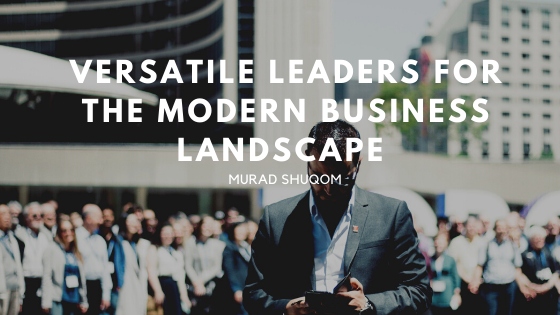Modern leadership is plagued by two significant challenges, according to an article by Harvard Business Review(HBR). One problem is an ever-growing set of paradoxical demands(accomplish more with less, reduce but innovate, think on a global scale but act locally). The other is the breakneck pace of “disruptive change,” which accelerates the impact of these demands while also increasing pressure on businesses to adapt.
These changes have dramatically increased the demand for leaders who are versatile with the ability to adapt to a variety of changes and the capability to manage competing priorities. Adaptable leaders are arguably an essential component of effective modern leadership, with more active employees and better performing teams. Their business units are more flexible and avant-garde. It is easier for their businesses to gain a competitive edge because they are preemptive and disrupt before a disruption.
So what is versatility? In the simplest of terms, versatility is the ability to interpret and react to change with an extensive set of appropriate skills and behavior. Typically, leaders are more adept at identifying change then they are at responding to it. This is because developing a wide range of appropriate behaviors requires a systematic approach that pushes them outside of what is comfortable.
“How you lead” is the contrast between forceful and engaged leadership, HBR says. Forceful leadership centers around utilizing personal power and position to lead. Committed leadership engages others and brings out the best in a team and other employees. Both include specific sets of behavior: taking the reigns versus enabling, being resolute versus collaborative, being stringent versus encouraging.
Likewise, “what you lead,” another aspect of versatile leadership identified by HBR, distinguishes between strategic and operational leadership. Strategic leadership centers around making decisions that enable the company to maintain a long term competitive edge. Executive leadership is all about execution and accomplishment. These also include distinct behavior sets: steering the organization versus pushing implementation and bringing change versus structure and balance.
To develop versatility, HBR recommends three strategies. The first is learning through experience from a diverse work background. The second is to receive continuing feedback and development from colleagues within the workplace. Third and finally, HBR recommends personal development or developing a more well-rounded personality.

